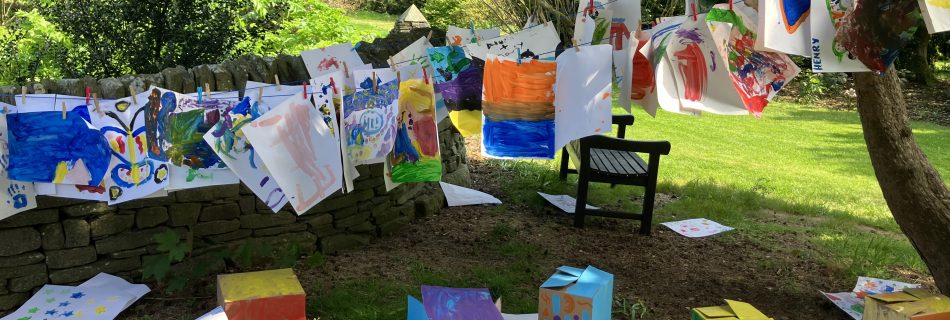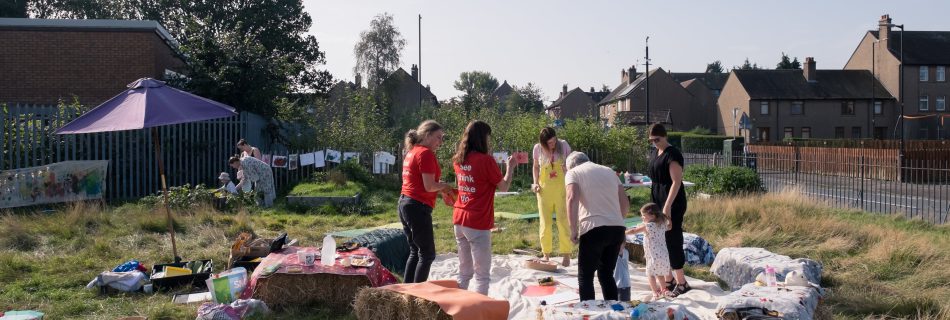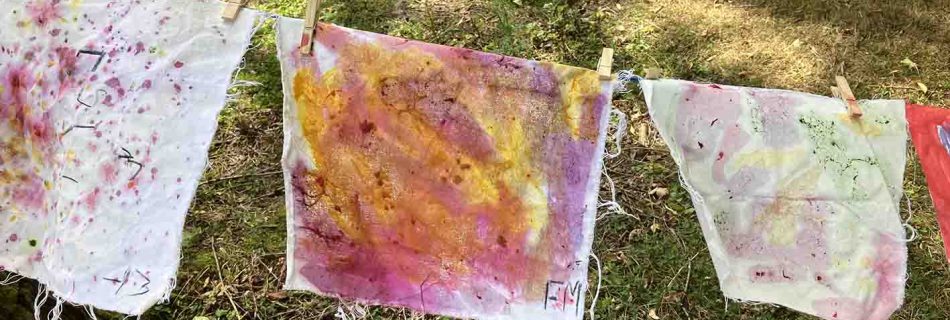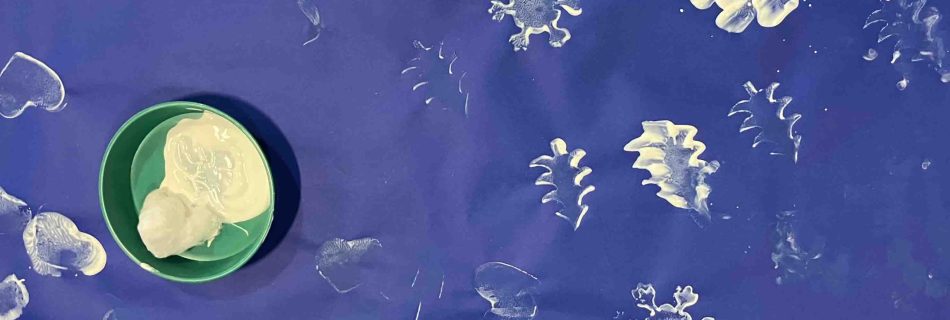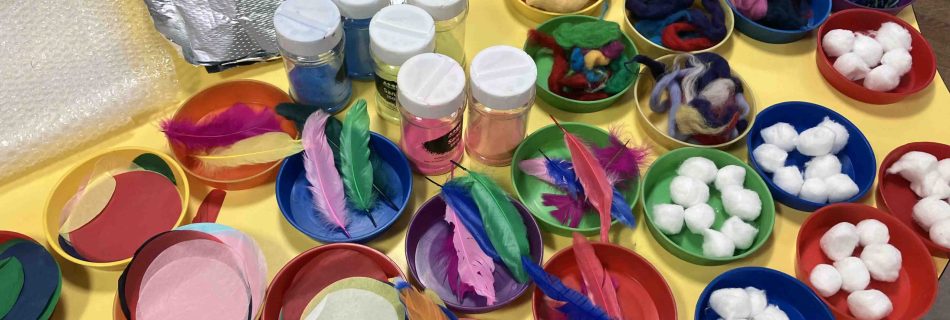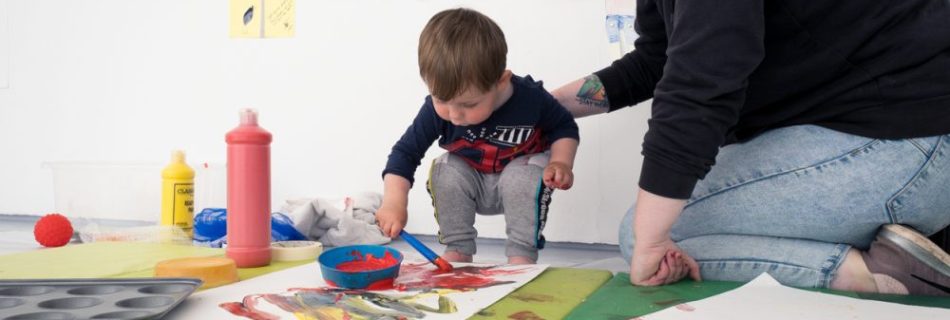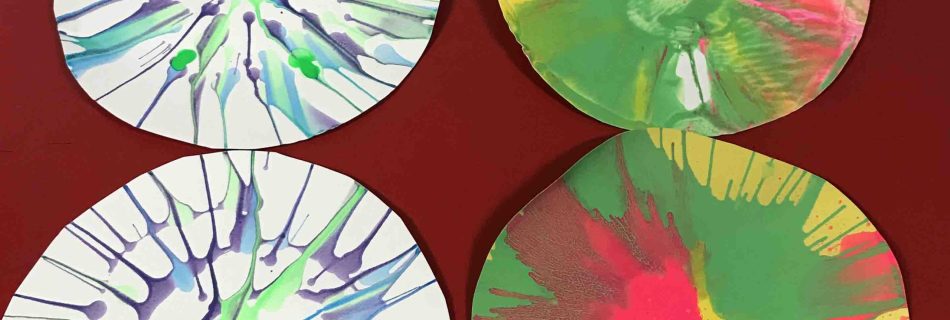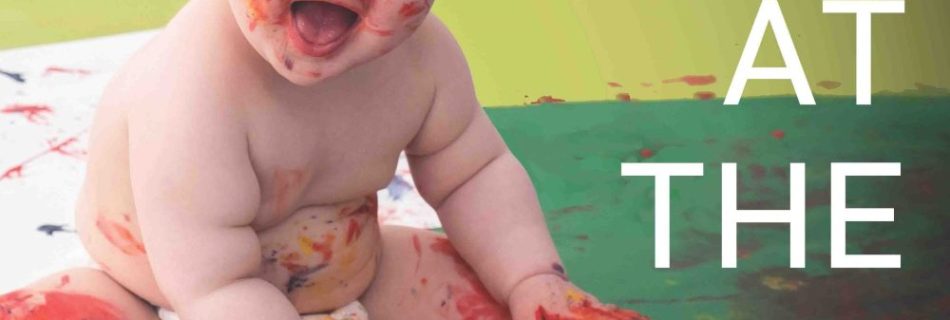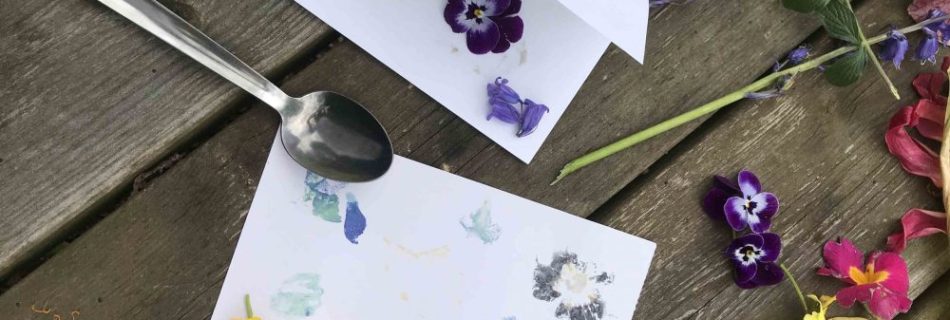Playful Gardens Research Summary
Playful Gardens are monthly, inclusive family play days held outdoors within the Dundee Botanic gardens. Those involved in Playful Gardens see the huge benefits for families, but we wanted to learn more about families’ experiences at the events. In 2023-24 Playful Gardens were able to host Tara O’Leary, a research student from University of Dundee …

